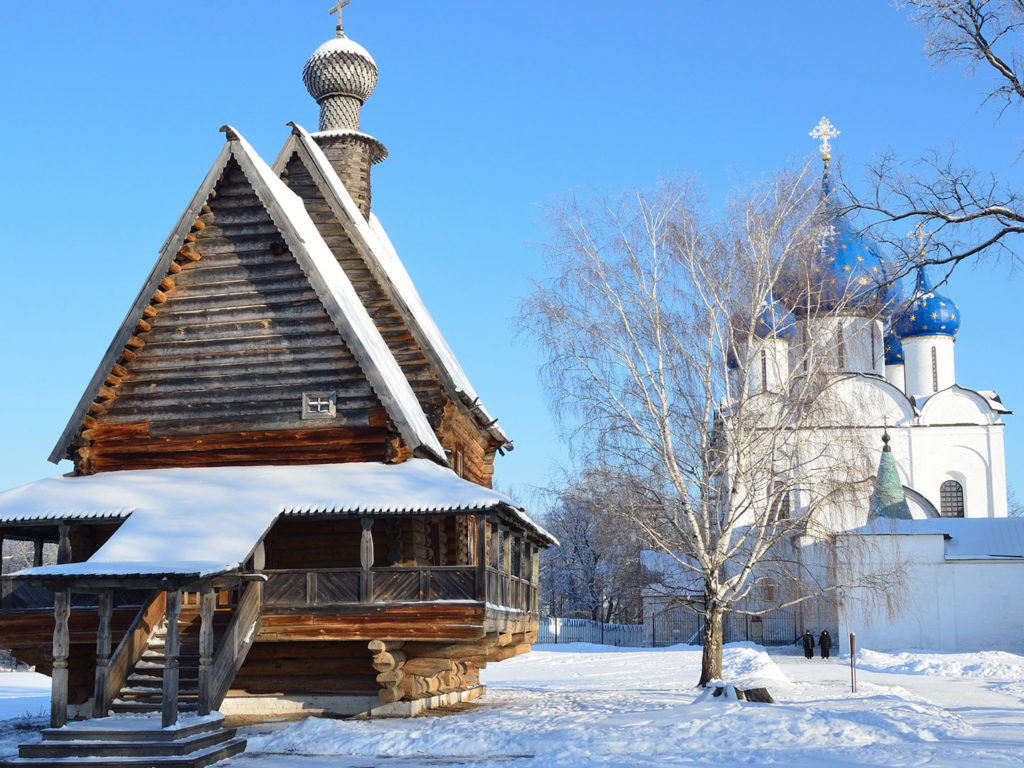Seeing two Greek museums amongst the nominations for the European Museum of the Year Award 2019, [1] I cast my mind back to my first visit to Greece many years ago, a visit to a dusty and very hot museum with minimal labels, led me to reflect on how marvellous the new generation of Greek museums are.
I am not singling out Greece for its dusty museums, there are plenty of countries that could qualify on that count, but I was reflecting on how many good museums are in the country now, and that the Ministry of Culture and Sport has achieved a great deal over the past two decades. My list of ‘Excellent Greek Museums’ is a long one and at the top is the museum dedicated to the Royal Tombs at Aigai, which some of you have visited with me on tours to Macedonia.
For those joining me on the Classical Peloponnese tour this year, I can promise you a treat. A new museum has opened in Pylos, and it is a little gem; not just for its location in the impressive Neokastro fortress, but for its innovative displays and use of digital technology.
The Archaeological Museum of Pylos has been relocated to a renovated historic building constructed inside Neokastro by Marquis Maison during his time as commander of the French expeditionary corps in 1828. Neokastro fortress itself was built by the Ottoman Turks in 1573, after their defeat at the naval battle of Nafpaktos. The fortress overlooks the southern entrance to Navarino Bay and protects the precious commercial east-west sea routes.
The new museum showcases archaeological material from the Neolithic Era through to the Roman period and includes not only the collection formerly held in the old Archaeological Museum, but also objects from the nearby Mycenaean site – the so-called ‘Palace of Nestor’.
The displays are beautifully lit and supplemented with large line drawings of objects alongside a clever use of new technology: a Linear B tablet is on display below a larger than life-size hologram which enables the visitor to see the letters clearly in 3D; a boar’s tusk helmet is displayed with objects that its wearer might have used, and large illustrations of seals impressions illustrate the hunt rather than using ‘reconstruction’ drawings. All stunning examples of Hellenistic glass from local tombs illustrate the wealth of the area, as do the jewellery, armour and pottery buried with their owners across the centuries.
It’s a fabulous museum, and it’s not the only change in Pylos.
Like me, if you visited the site of Nestor’s Palace as a back-packer several decades ago, then it is definitely worth another visit. The site is the best preserved Mycenaean palace discovered to date and identified with Nestor due to Homer’s description of his kingdom as being at “sandy Pylos”. Destroyed by fire around 1200BC, the palace is so well preserved that you can still see painted areas and the piles of ceramics as they were stored and waiting to be used by the inhabitants.
Reopened to the public in June 2016, the site now has a walkway so that you can move through the palace without damaging the delicate surfaces, and a protective roof that not only helps save the site from the elements, but makes photography in bright sunlight a lot easier! It is not only the museums, but the sites too, that have benefited from new technology.
Perhaps the most wonderful thing about returning to Greece is that new excavations are adding to our knowledge all the time.
In 2015, just a short walk from the Palace of Nestor, husband-and-wife archaeologists Jack L. Davis and Sharon Stocker made an amazing discovery. In one of those twists of fate that occur in so many of the incredible stories of archaeology (I can tell you from personal experience, you usually make the amazing find on the last day of the dig) the excavators had originally planned to excavate lower down the hill from the Palace, but due to unforeseen circumstances and dig permits they found themselves excavating in a nearby olive grove.
However, as luck would have it, the team discovered an intact burial, now known as the Griffin Warrior Tomb, containing an adult male skeleton accompanied by 3500 items including armour, weapons, and gold and silver artefacts. The male was buried with four gold rings decorated with scenes from Minoan mythology and a beautifully detailed Minoan seal stone of agate depicting a combat scene.
Dated to around 1450 BC, the tomb is helping to advance our understanding of relations between the Minoan and Mycenaean world, while the agate seal stone has confounded experts since the scene is so intricately carved that some details can only be viewed with a photomicroscopy camera lens.
The town and environs of Pylos have a long and very rich history. A history that is changing – from the excavations taking place by Nestor’s Palace, through the new museums in Neokastro, to the golf courses that today are being built in the beautiful countryside around Navarino Bay. At Pylos, as at other places we visit on our Classical Peloponnese tour, there is a lot to discover, and whether you are new to Greece, or a returning visitor, you will find a rich tapestry of history to explore.
[1]The Kotsanas Museum of Ancient Greek Technology in Athens and the Museum of Ancient Eleftherna in Crete.
Thank you to Carolyn Perry for this insightful blog and sharing your experiences in Pylos.
Carolyn will be the tour expert leading our Greece group tour – Classical Peloponnese, departing in May 2019. Get in touch with one of our travel experts today to secure your place and join Carolyn in discovering a fascinating region of Greece.







